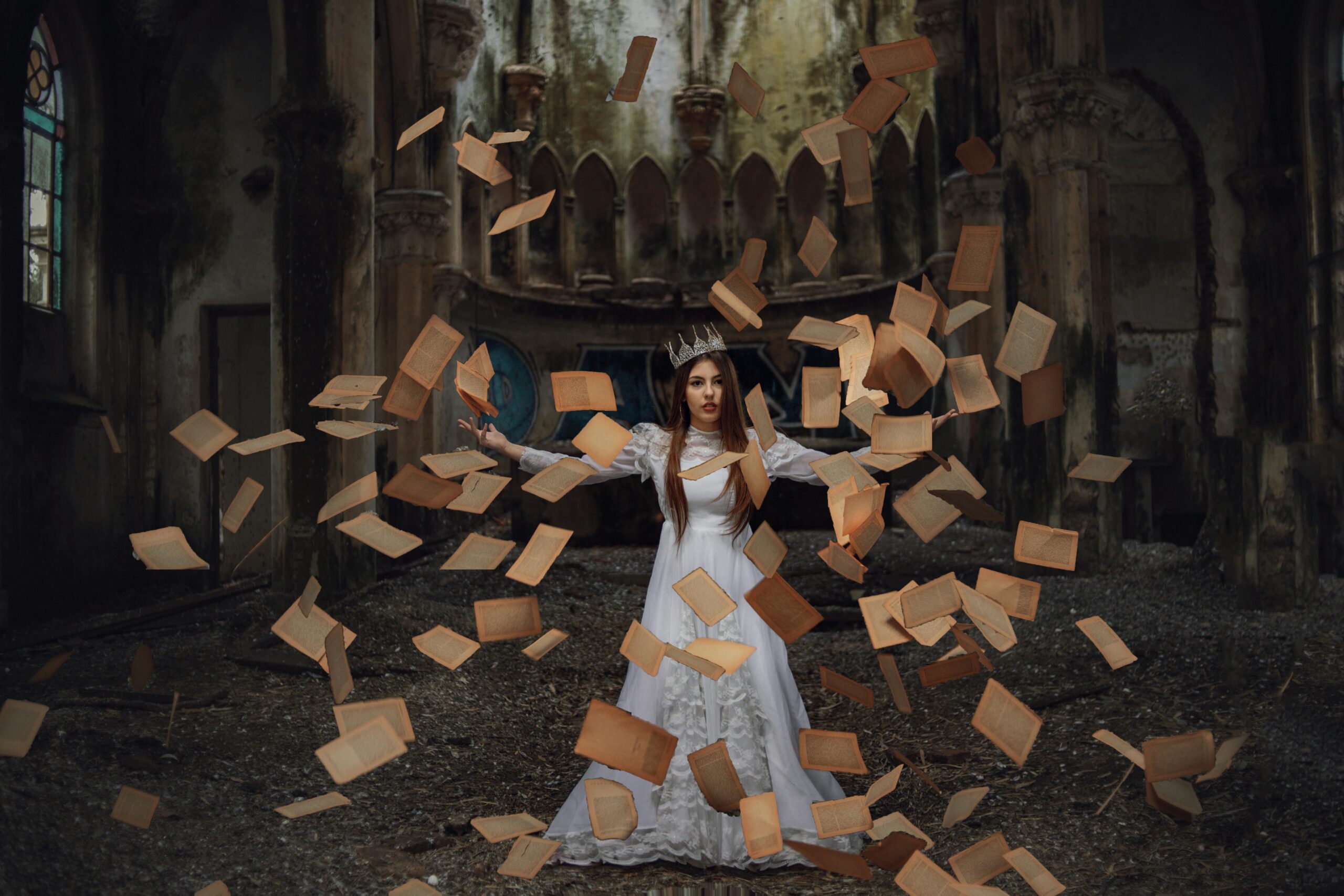Introduction: The Silent Language of Cinema
In the world of cinema, some of the most powerful emotions are communicated without a single word. Non-verbal communication—such as body language, facial expressions, and eye contact—plays a crucial role in conveying respect, love, or even power. Silent communication in movies allows audiences to connect deeply with characters, making the experience more impactful. Filmmakers use these subtle cues to express complex emotions, adding richness to storytelling. Whether through a subtle glance or a moment of stillness, respect in film is often shown without uttering a single word, highlighting the strength of visual storytelling in modern cinema.
The Foundation of Non-Verbal Communication in Film
Non-verbal communication in cinema is an art form that speaks volumes without uttering a single word. Body language, facial expressions, and even posture help convey what characters feel, think, or desire. These subtle cues create a deeper connection between the audience and the characters, making their emotions more authentic. The ability to express emotions without dialogue is a powerful tool filmmakers use to enhance storytelling. By focusing on visual communication, directors can reveal layers of meaning that words might fail to convey, leaving a lasting impression on viewers. The beauty of this silent language is that it transcends cultural and linguistic barriers.
Understanding Respect Through Non-Verbal Cues
Respect in cinema is often communicated without a word being spoken. Body movements and subtle gestures can reveal a character’s attitude and respect toward others. Whether it’s a simple nod, a bow, or a pause in the conversation, these small, non-verbal cues speak volumes. For example, in many films, eye contact is a powerful symbol of respect or acknowledgment. A character who looks another in the eye demonstrates trust, equality, and understanding. These moments make us feel connected to the characters, deepening our emotional investment in their journeys. In cinematic language, respect is often conveyed more effectively through these visual, unspoken moments.
Cultural Influences on Non-Verbal Communication in Cinema
Non-verbal communication varies greatly across cultures, and cinema reflects these differences in unique ways. In some cultures, silence can indicate respect, while in others, it might symbolize tension or introspection. Filmmakers often incorporate cultural nuances into their work, using non-verbal cues to tell stories that resonate on a deeper level. For instance, in Japanese cinema, a simple bow or a quiet gesture often conveys respect and deference. Similarly, in Western films, a firm handshake or a respectful silence can communicate trust and understanding. Understanding these subtle cultural differences helps audiences connect to the characters in a more meaningful way, allowing for a richer film experience.
Cinematic Techniques That Enhance Non-Verbal Communication
Filmmakers use various cinematic techniques to amplify non-verbal communication, making silent moments more powerful and engaging. Camera angles, lighting, and framing play a crucial role in highlighting key gestures or facial expressions. For instance, a close-up shot of a character’s face can capture the slightest change in expression, revealing emotions like respect, guilt, or admiration. Lighting can emphasize a character’s solitude or emphasize a moment of silent communication. Similarly, a long shot or wide shot can create distance between characters, symbolizing a lack of respect or emotional disconnect. These visual cues, combined with sound and movement, help to create a rich tapestry of silent storytelling.
Psychological Impact: How Non-Verbal Communication Influences Audience Perception
Non-verbal communication in cinema has a profound impact on how audiences perceive characters and their relationships. Psychological studies show that humans are highly sensitive to non-verbal cues, often reacting more strongly to body language than to spoken words. A simple glance or a moment of silence can convey a character’s emotions or intentions far more effectively than dialogue. In films, these subtle signals trigger an emotional response, creating empathy or tension. When a character shows respect through their actions—such as lowering their gaze or offering a silent nod—the audience subconsciously feels the weight of that respect. By focusing on non-verbal communication, filmmakers can tap into universal emotions, making their stories more relatable and impactful.
Case Studies: Silent Moments That Convey Respect
One of the most striking ways filmmakers convey respect without words is through carefully crafted silent moments. Take, for example, the iconic scene in The Godfather, where Don Vito Corleone offers a quiet nod to his son, Michael, signaling his trust and respect without saying a word. This subtle moment is incredibly powerful because it speaks volumes through body language alone. Similarly, in 12 Angry Men, the tense silence between jurors speaks to the respect each person must give to the opinions of others, even without verbal agreement. These examples show that non-verbal gestures like a simple look, pause, or movement can create lasting impressions of respect, power, and understanding. Silent moments, often overlooked, can leave the deepest emotional mark on the audience, making them feel more connected to the characters.
Respectful Interaction in Different Film Genres
Different film genres use non-verbal communication in unique ways to convey respect and other emotions. In dramas, characters often express their respect or discontent through subtle gestures, like a quiet handshake or a soft touch on the shoulder, which conveys depth and meaning without words. In action films, respect is sometimes shown through a silent, shared moment between protagonists and antagonists, emphasizing the power dynamic without dialogue. Romantic films often rely on eye contact or a lingering silence to show growing admiration and respect between characters, creating a sense of intimacy without uttering a single word. Each genre has its own method of using visual cues to express complex emotions, allowing audiences to connect with characters on an emotional level, regardless of the genre.
The Evolution of Silent Acting in Cinema
Silent acting, a key element in early cinema, has evolved dramatically over the years but still remains essential in conveying emotions like respect. In the silent film era, actors relied solely on facial expressions, gestures, and body language to communicate complex emotions, as there were no spoken words to guide the audience. Films like City Lights and The General showcased how silent performances could speak volumes through non-verbal cues. Fast forward to today, and while dialogue has taken center stage, many modern films still use elements of silent acting—particularly in dramatic moments—to emphasize emotional depth. This enduring legacy of silent storytelling proves that, even in an age of spoken words, non-verbal communication remains a powerful tool for conveying respect and emotion.
Conclusion: The Power of Silence in Cinema
In cinema, silence is not just the absence of sound; it’s a powerful tool used to convey respect, trust, and complex emotions without a word being spoken. From subtle body language and facial expressions to intricate cinematic techniques like lighting and camera angles, non-verbal communication enhances the storytelling process. These silent moments create deep connections between characters and the audience, evoking feelings that words alone cannot express. As we’ve seen in films like The Godfather or 12 Angry Men, respect and other emotions are often conveyed more profoundly through visual cues and silent gestures than through dialogue. The ability of filmmakers to use silence to its full potential continues to shape the emotional impact of films, proving that sometimes, what’s unsaid speaks the loudest.





